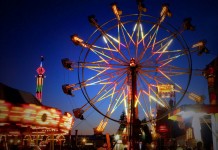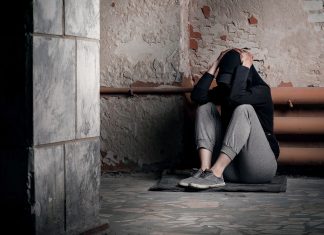Saint Patrick’s Day, which commemorates Ireland’s patron saint, has a long history. By the turn of the century, it was increasingly seen as a community holiday and a chance to celebrate everything Irish. Here’s what celebrating St. Patrick’s Day in Grays Harbor history looked like.
Irish in Grays Harbor
While people from Ireland had immigrated to the United States since before its foundation, numbers skyrocketed during the 1840s Irish Potato Famine and its aftermath. One of the largest immigrant groups in the 19th century, many Irish and their descendants came to Grays Harbor County.
“Last Sunday was St. Patrick’s Day, and the ‘wearing of the green’ was the only observance in this city,” noted the Aberdeen Herald in 1895. But it was about to change as the holiday became more popular, including among the non-Irish.
The local newspapers began to publish poems and legends about St. Patrick’s Day, promoting it as a day of Irish celebration. In 1914 the Aberdeen Herald printed a large photo of St. Patrick with the poem “St. Patrick Blessing the Shamrock”: “Oh send me some shamrocks from that distant isle/On which Erin’s patron and saint still doth smile!/Oh, how I will treasure and fondly lay/Them near to my heart on St. Patrick’s Day!”
Grays Harbor History: St. Patrick’s Day Parties
People more often took time on – and near – St. Patrick’s Day for gatherings with family and friends. A St. Patrick Club in Aberdeen held an annual luncheon on the holiday in the homes of members. Holiday events often included music and readings, such as an “entertainment” held by the Remembrance Club in Aberdeen in 1911 or a social held by the Men of Woodcraft in Elma in 1910 at the Odd Fellow’s Hall.
Church groups, especially Catholics, held events for the holiday. The ladies of St. Mary’s Catholic Church collected a “neat sum” for charity at a St. Patrick’s Day-themed dinner in 1902. Four years later they hosted an oyster supper and apron sale.
Protestant churches also celebrated St. Patrick’s Day. The Epworth League of the Methodist Church held a social at the home of Mr. and Mrs. Ernest Aldrich in 1913.
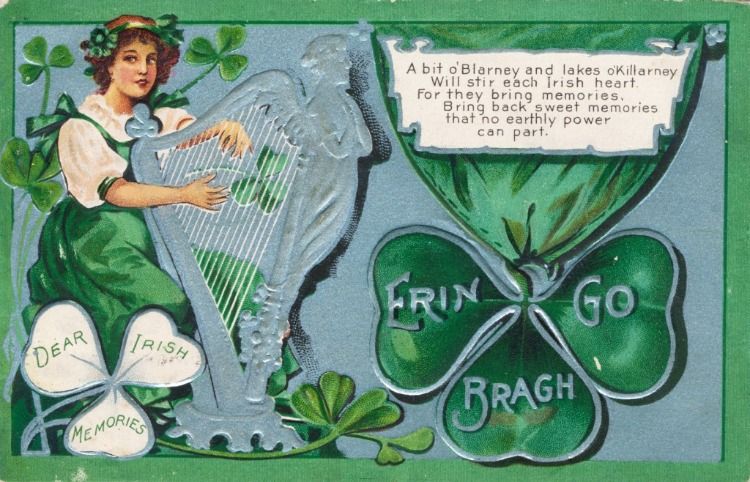
In 1915 the First Presbyterian Church held a concert of what they billed as “real Irish merit and beauty” using local music talent. Reverend Simpson received word that a large box was enroute from “the old sod” itself with real Irish shamrocks. He hoped to present each guest a sprig of shamrock as a souvenir. Directed by N.P. Bryan, local singers presented Irish favorites such as “The Wearing of the Green,” “My Wild Irish Rose,” “When You and I Were Young, Maggie,” “The Lass From County Mayo” and “Rory O’Moore.” A highlight of the concert was Harry Olcott performing “Mother Machee” accompanied by the Grays Harbor Orchestra.
St. Patrick’s Day Party Ideas From 1900s Grays Harbor
For those looking for party ideas, the Aberdeen Herald published suggestions. In 1914 they printed a luncheon menu that was more green than Irish: spinach soup, green peppers stuffed with sweetbreads, French peas, baked potatoes in the half shells, olives, pickles, lettuce and watercress salad with French dressing, vanilla ice cream – each topped with a tiny green paper frog – cakes, and cookies cut in shamrock-shapes. For place cards the article suggested using tiny pipes, with guests’ names written on a bow of green ribbon fastened around the stem. The table’s centerpiece could be a round mirror with tiny frogs placed on it and ringed with smilax flowers.
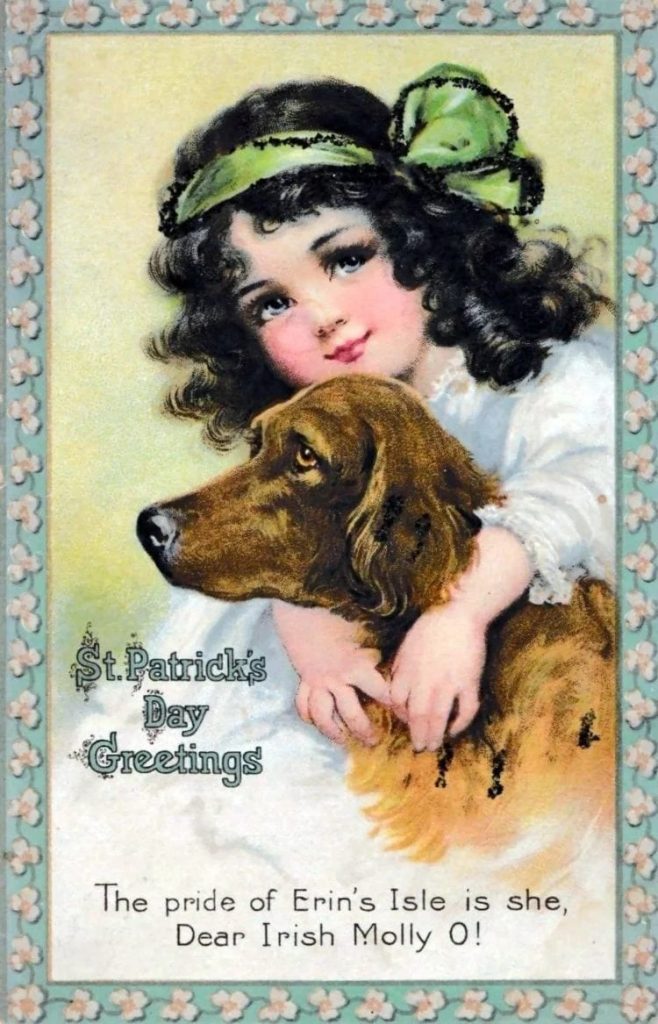
In another article published on April 8, 1912, the Aberdeen Herald suggested making St. Patrick’s Day “favors” with food. “Cut sugar biscuit dough in shamrocks, paddies and long narrow shapes” the writer suggested, “with knobby end to represent a [shillelagh]. Ice first with green, last with chocolate, and put the figures in green, brown and white, using currants for features. With eggs for faces,” the article added “and wool for stuffing, amusing figures, dressed in green coats and caps, can be quickly made.”
Grays Harbor St. Patrick’s Day Dances
A popular way to celebrate St. Patrick’s Day was with dances. In 1912 the Aberdeen Knights of Pythias decorated their hall with green electric lights and festooned from ceiling to the walls with evergreens in preparation for the event.
Clubs and other organizations put on dances on St. Patrick’s Day. In 1893 Aberdeen Coronet Band Association held a dance at the Eagles Hall, with bands from Cosmopolis attending. The Cooks and Waiters Union sponsored an annual holiday ball during its early years.
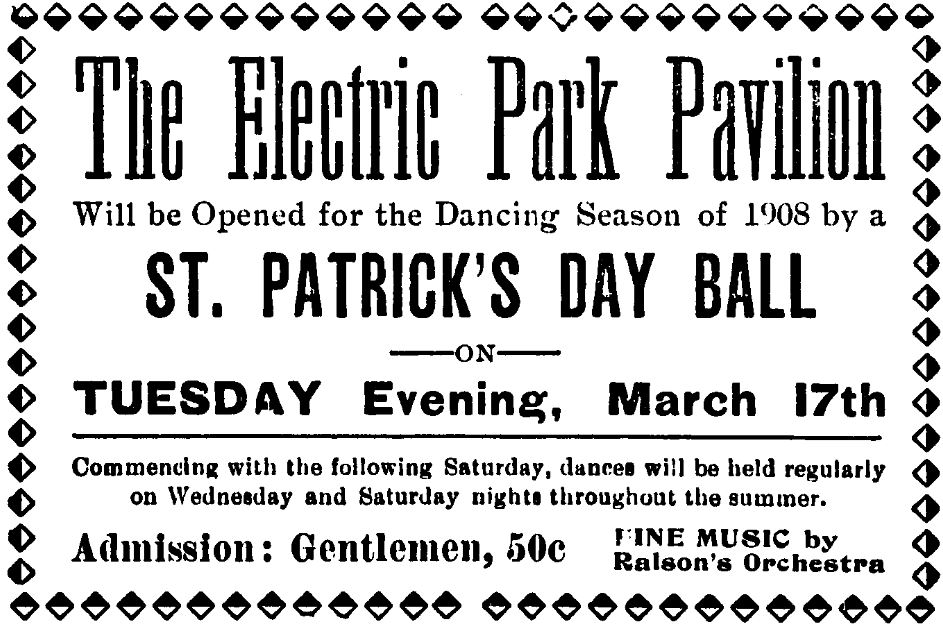
Some dances also included dinners. In 1917 the community of Malone invited the entire county for a dance and free meal with the Fouchet’s Orchestra providing music. Aberdeen Athletic Club charged couples a quarter for a “first class lunch” at their dance in Koehler’s Hall in 1897 (admission was another 75 cents).
These events could also be used as fundraisers. In 1896, for example, the “base ball boys” held a dance at Koehler’s Hall to raise money for their upcoming season.
An Irish Legacy
In 1906, the Ancient Order of Hibernians, an Irish organization, held a celebration at the Woodman Hall. Interrupted by frequent applause, Judge E. J. Carey gave a talk to the crowd on the “The Irish Race in America.” As the Irish became an important part of American society, St. Patrick’s Day emerged as a universal holiday to celebrate all things Irish and honor their contributions to their new home.





































